Human Centric Lighting
Lighting is all about wellbeing.

Lighting is all about wellbeing.
Technology develops because of humans increasing needs, and it raises new needs of humans. Because of our desire for brightness and fear of darkness, demand for artificial lights arose. Due to limitation of technologies, the original pursuit of artificial lights was illumination. Nowadays, however, as lighting technologies (especially LED lighting technologies) innovate, artificial lights are not just about illumination anymore, they are more about atmosphere, experience, and lifestyle.
In recent years, we have received an exciting amount of publicity about human centric lighting (HCL). However, what exactly is HCL?
HCL extends the concept of biologically effective lighting to a holistic planning and includes the visual, emotional and biological effects of light. HCL supports the long term health, well-being and performance of humans.
HCL is defined by Lighting Europe as a type of lighting that can benefit the biological, emotional, health, or wellbeing of people. This is achieved by dimming the smart light source, most likely an LED, to mimic the levels of sunlight throughout the day.
After reading these definitions, if you still don't have a clear understanding of HCL, you can continue reading in further deatil below.

The activities of human beings are closely related to the laws of the movement of the sun. Under the influence of the sun in thousands of years, we gradually form the circadian rhythm of "rise at dawn, rest at dusk".
In most cases of architectural design, people focus on factors like air conditioning, infrastructure, information and communication technologies, but rarely consider the importance of lighting.
As many studies shown, melatonin is the key factor to regulate our body clock, and light comes in every day to adjust our melatonin secretion and reset our sleep/wake clock. Therefore, light should be considered a significant detail.

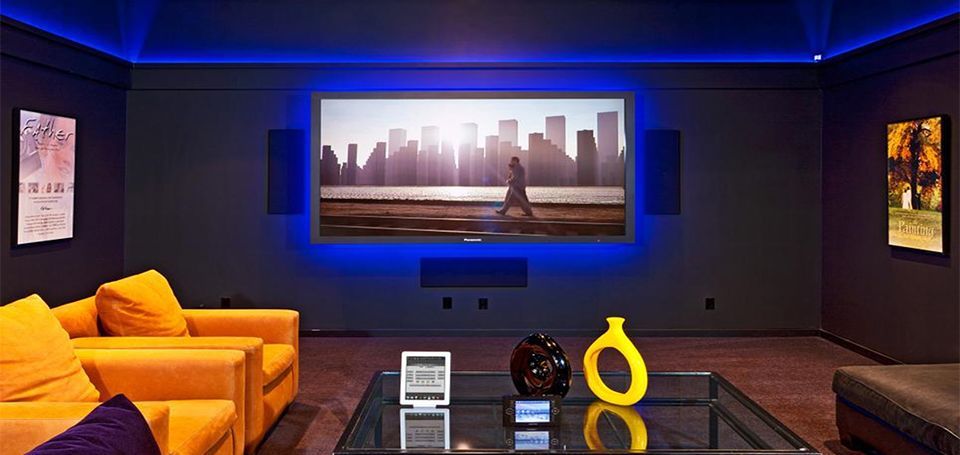
With the development of society and the advancement of technology, the concept of artificial lighting with the aim of “eliminating the darkness and bringing light” has gradually changed towards “healthy lighting”. Especially for those who cannot enjoy natural light during work, a work environment with healthy lighting is essential. In terms of our consensus, the best healthy light is nature light. Therefore, a tunable white lighting technology which could achieve the light quality as close as possible to the sunlight is desired.
The development and maturity of LED lighting technology provides a solid foundation for fulfilling “healthy lighting”. Compared to conventional technologies, LED lighting excels in energy efficiency, color customizability, and space for optical design. It can easily create any kind of atmosphere, whether it is bright and colorful, or warm and cozy. The magic of LED lighting makes it a landmark in human lighting history. By using LED, tunable white lighting can be easily fulfilled. It can even mimic sunlight, which changes color with time. It makes it possible for those who stay in door all day to experience the life of “rise at dawn, rest at dusk”.
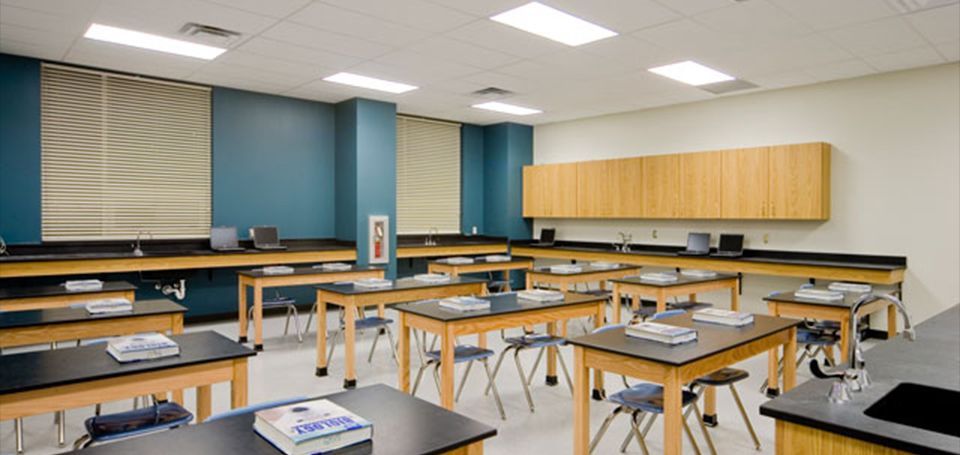
A right light can improve concentration and the speed of completing specific tasks, and decrease the number of errors which had been proved by some studies.
Blue light stimulates the brain to be active. In the whole day, we always have the best mental state between 10 and 12 o'clock. This is the result of our biological clock regulating, and it is also the result of human evolution in the long-term under the law of solar activity. Between 10 and 12 o'clock, rich of blue light exists in the sunlight, and the color temperature is measured to be around 6000 K. That is to say, artificial light with a CCT around 6000 K will help us to concentrate during the work time. Therefore, we usually use cool white in “school lighting” and “office lighting” which could help us to alert and concentrate.
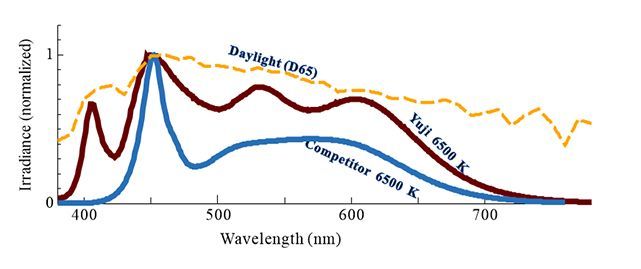
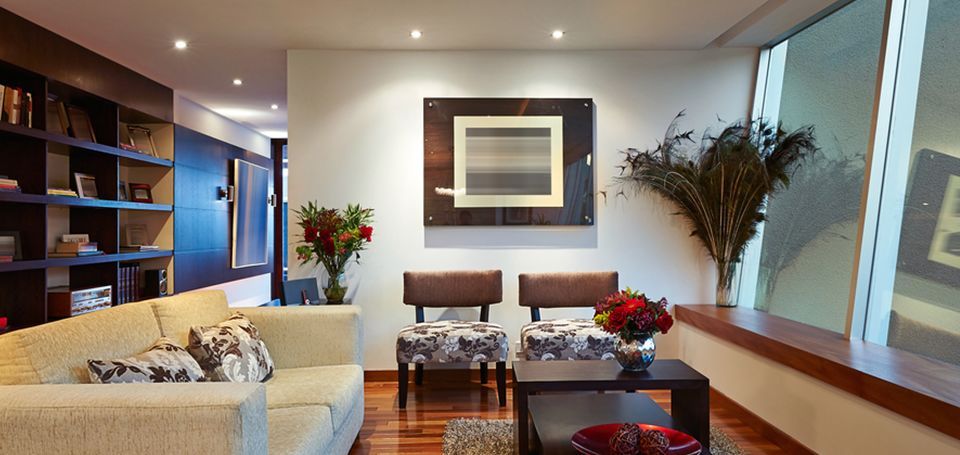
Lighting a residence requires thoughtful and careful planning and design. Proper lighting makes a difference in how one feels about their home. It adds drama and beauty to rooms, makes smaller rooms look more open and airy, large rooms feel cozy and inviting. Proper lighting lets home owners enjoy their home to its full potential.
Light also helps us fall asleep. Research by Harvard medical school shows that blue light has the effect of stimulating our brain, but at night, too much blue light can affect us falling asleep. Now, we can't get used to the night without artificial lighting, but we can choose warm light source without too much blue content. Warm white is suitable at night which could help us relax and prepare for sleep.
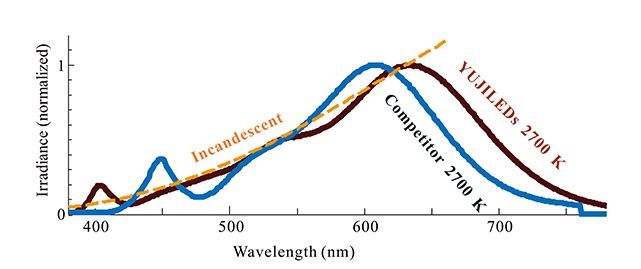
Illuminance is an important factor for lighting design. We will feel depressed and fear when illuminance was too low. In the opposite, we will feel glaring and nervous when illuminance was too bright.

We also need to consider that our feeling for brightness is different in different color temperatures. Kruithof's findings are directly related to human adaptation to changes in illumination. As illuminance decreases, human sensitivity to blue light increases. This is known as the Purkinje effect. The human visual system switches from photopic (cone-dominated) vision to scotopic (rod-dominated) vision when luminance levels decrease. Rods have a very high spectral sensitivity to blue energy, whereas cones have varying spectral sensitivities to reds, greens and blues. Since the dominating photoreceptor in scotopic vision is most sensitive to blue, human sensitivity to blue light is therefore increased. Because of this, intense sources of higher (bluer) color temperatures are all generally considered to be displeasing at low luminance levels, and a narrow range of pleasing sources exist. Subsequently, the range of pleasing sources increases in photopic vision as luminance levels are increased.
Offer the best tunable white solution with YUJI’s own phosphor and packaging technology which realized CRI over 95 at all color temperature. Read more about YUJILEDS tunable spectrum technology.
Offer the best warm light with 2700 K color temperature, the blue content from 420 nm to 480 nm is only 6% which is far less than 15% blue content of the similar LED in the industry.
Custom spectrum consulting, design and prototype manufacturing services.
Diverse options of LED packaging types, including typical 2835, 3030, 5730 packaging SMD and any other types of SMD and COB LED emitters.
Copyright © 2025 Beijing Yuji International Co., Ltd.